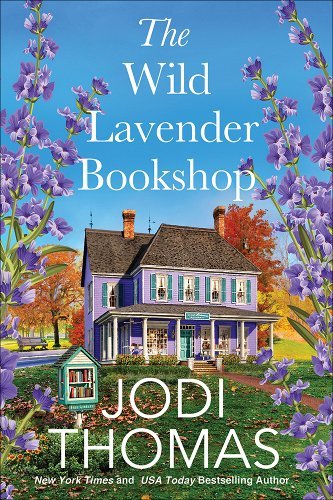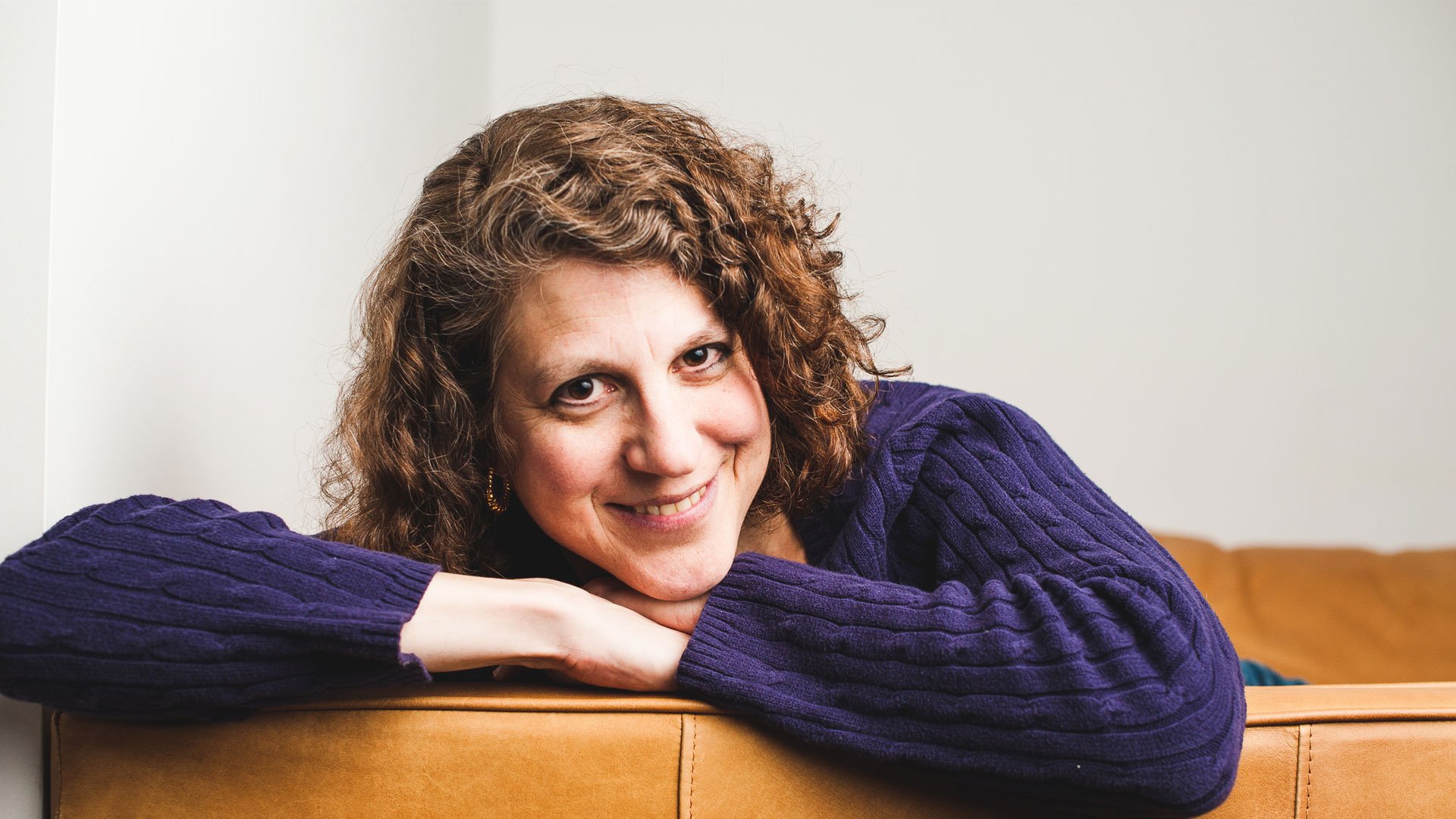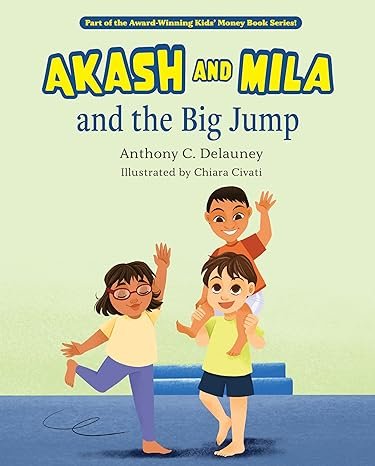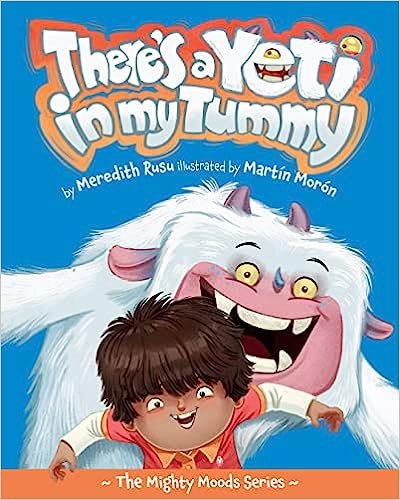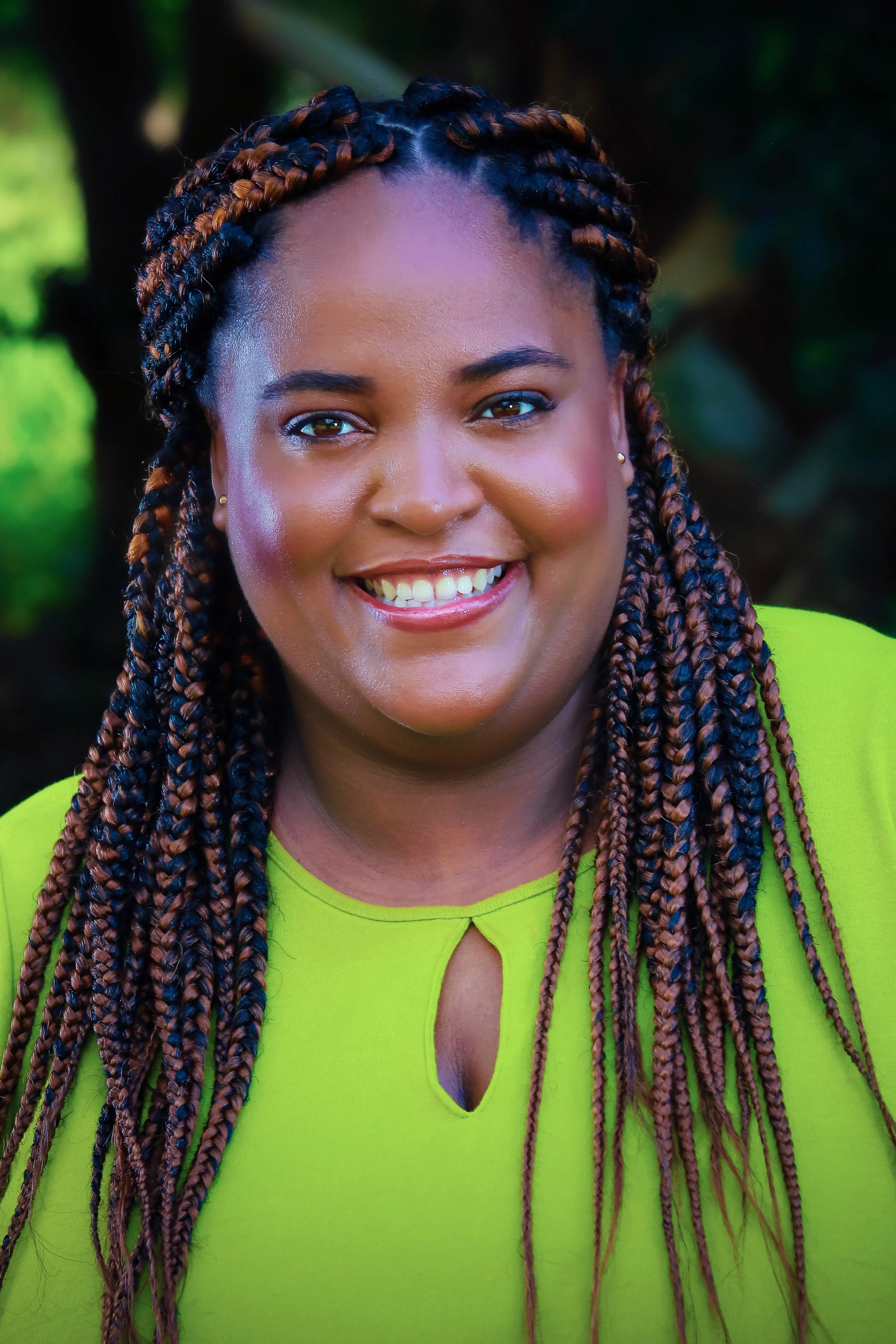Best-Selling Author Jon Gordon To Release New Book Titled "The Hard Hat for Kids" On October 9
/A followup to his recently released titled “The Power of a Postive Team” bestselling author, Jon Gordon will release on October 9, “The Hard Hat for Kids.” Despite the book written for kids, this inspiring story has lessons that can be appreciated by everyone. The book's "10 Ways to be a Great Teammate" and the "We before Me" philosophies are the core of the book, engaging young readers and presenting practical insights and life-changing lessons that help children…and adults…understand the power of cooperation, friendship and selfless teamwork.
The story follows "Mickey," a talented basketball lover who has always dreamed about playing on her school's team. On the first day of practice, she learns of a special award given to the best teammate – and soon discovers that there is a big difference between being the best player and being the best teammate. What follows is a story about selflessness, hard work and compassion, and a clear lesson about putting the team first.
The inspiration for "The Hard Hat for Kids" (and "The Hard Hat") is based on Cornell University's lacrosse team and their captain, George Boiardi – grandson of the famed pasta icon Chef Boy-ar-dee. George was a star on the team, and exemplified being a good teammate and leader at a very young age. Tragically, George passed away on Cornell's Schoellkopf field while playing lacrosse at age 22, but his legacy lives on in the hearts of those who knew him – family, friends, teammates and generations of students that have come after him. Loyal and selfless, George led by example.
Says Gordon, "The core of my work has been to develop positive leaders and this has evolved naturally into helping build great teams. I think my books resonate because every one of us has to overcome adversity and challenges, and through great leadership and teamwork we ultimately define ourselves and how we individually and collectively achieve success." He adds, "I kept hearing from parents and coaches that teenagers and college students are more self-absorbed than ever, and don't know how to be a great team member. I believe if we can start teaching these principles when they are young we can change things for the better."
Says Gordon, "The core of my work has been to develop positive leaders and this has evolved naturally into helping build great teams. I think my books resonate because every one of us has to overcome adversity and challenges, and through great leadership and teamwork we ultimately define ourselves and how we individually and collectively achieve success." He adds, "I kept hearing from parents and coaches that teenagers and college students are more self-absorbed than ever, and don't know how to be a great team member. I believe if we can start teaching these principles when they are young we can change things for the better."
The book was co-written with school psychologist Lauren Gallagher and illustrated by Korey Scott. One hundred percent of the authors' proceeds from the book will go to the Mario St. George Boiardi Foundation, which provides financial assistance to elementary and high school students who seek enriching extracurricular activities, and makes grants to organizations that provide those opportunities (https://www.boiardifoundation.org/).
Says Gordon, "The core of my work has been to develop positive leaders and this has evolved naturally into helping build great teams. I think my books resonate because every one of us has to overcome adversity and challenges, and through great leadership and teamwork we ultimately define ourselves and how we individually and collectively achieve success." He adds, "I kept hearing from parents and coaches that teenagers and college students are more self-absorbed than ever, and don't know how to be a great team member. I believe if we can start teaching these principles when they are young we can change things for the better."
About Jon Gordon
Jon Gordon is a best-selling author, motivational coach and motivational speaker. His books and talks have inspired readers and audiences around the world. His principles have been put to the test by numerous Fortune 500 companies, professional and college sports teams, school districts, hospitals, and non-profits. He is the author of 16 books including six best-sellers: "The Energy Bus," "The Carpenter," "Training Camp," "You Win in the Locker Room First," "The Power of Positive Leadership," and "The Power of a Positive Team." Jon and his tips have been featured on The Today Show, CNN, CNBC, The Golf Channel, Fox and Friends and in numerous magazines and newspapers. His clients include The Los Angeles Dodgers, The Atlanta Falcons, Campbell Soup, Dell, Publix, Southwest Airlines, LA Rams, Miami Heat, Pittsburgh Pirates, BB&T Bank, Clemson Football, Northwestern Mutual, Bayer, West Point Academy, and more. Jon is a graduate of Cornell University and holds a Masters in Teaching from Emory University. He and his training/consulting company are passionate about developing positive leaders, organizations and teams.
You can learn more about on Twitter, Facebook, LinkedIn, Instagram and YouTube
Source: Jon Gordon







